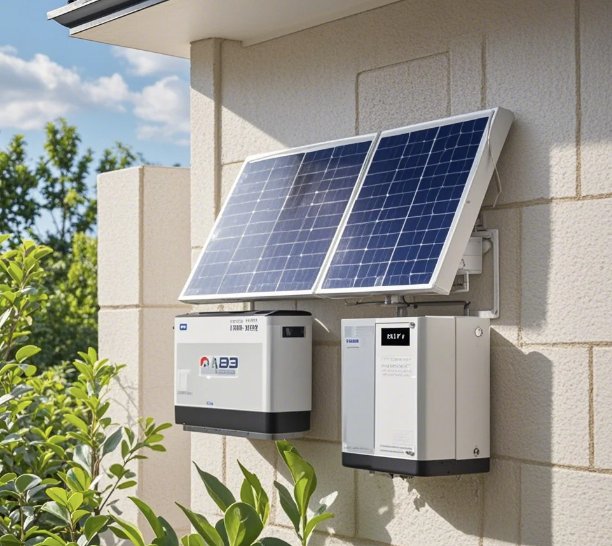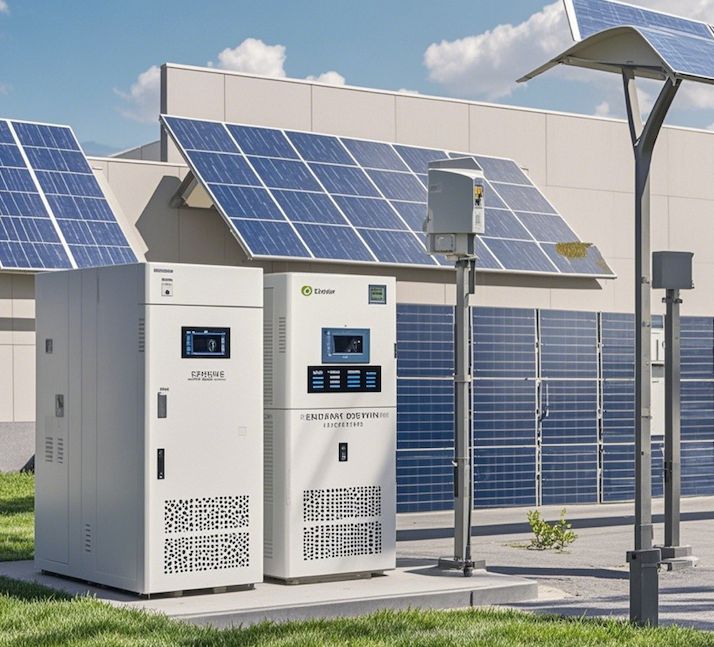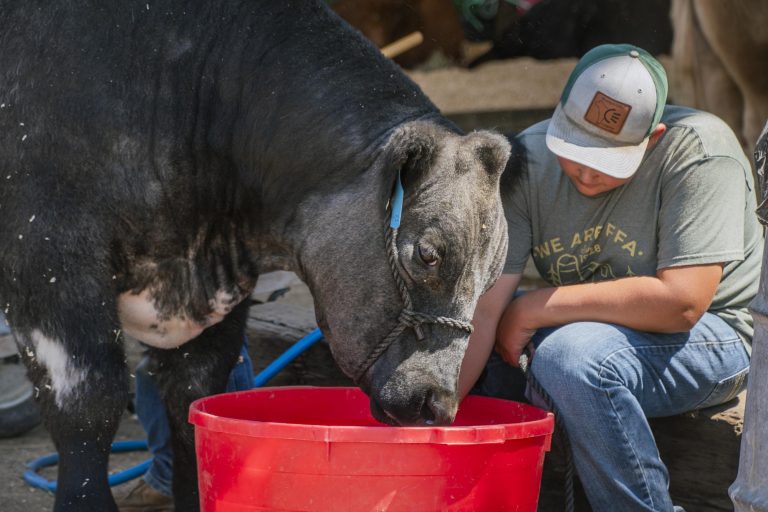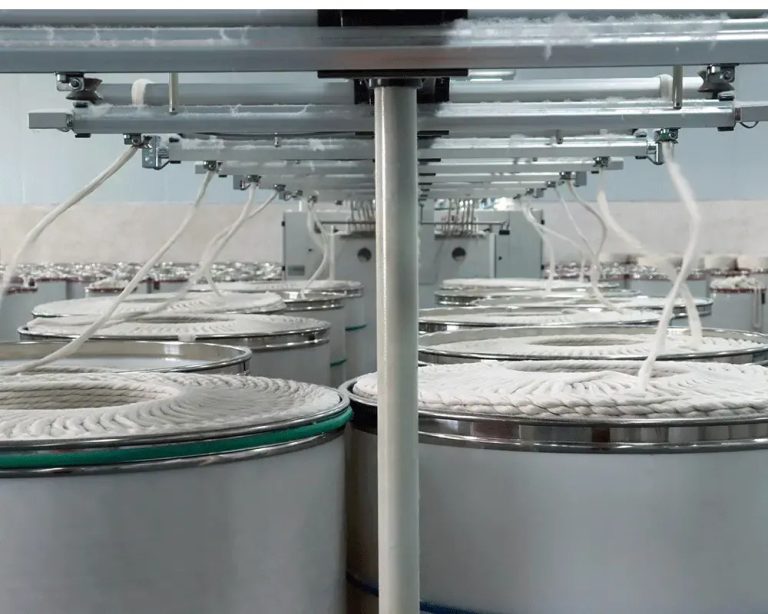目录
Toggle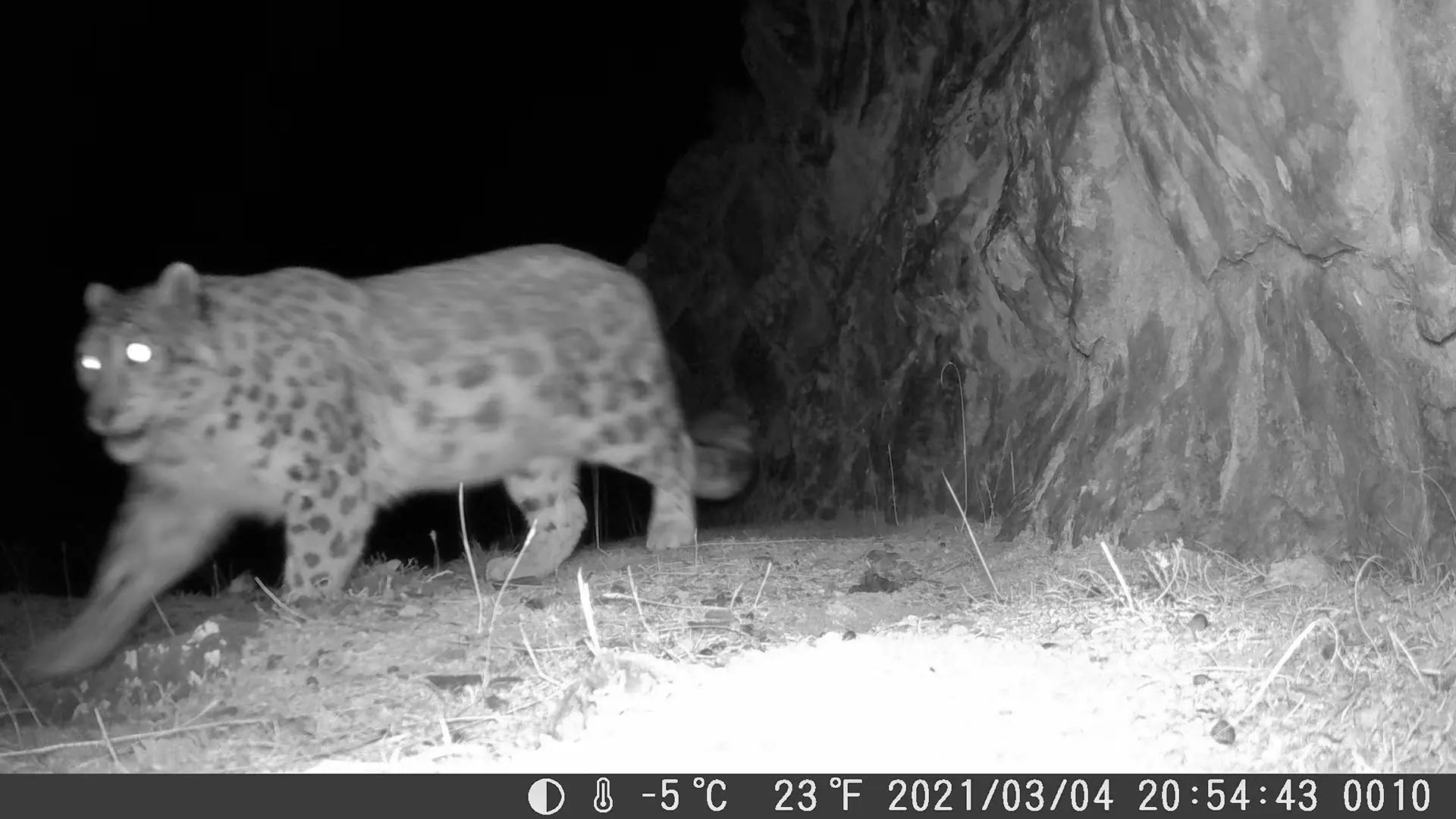
Wildlife cameras are an excellent way to observe nature without interfering with it. You may capture amazing nocturnal wildlife you’d never see otherwise, as well as shy animals such as badgers, foxes, and warthogs. This type of wildlife camera is simple to set up and has well-thought-out settings, with clear instructions, straightforward controls, and an adjustable frame for altering the pitch of view.

The quick trigger time for stills and video ensures that all the action is captured. The high-quality, low-cost technology has been designed for the hunting business, but it may also be used by anyone who wants to observe wildlife without disturbing it.
If you have a true passion for nature photography or somehow if you are looking for the best wildlife camera. Take a look at our buyer’s guide.
How do you choose which wildlife cameras to buy?
1. Wildlife cameras with PIR sensors:
Wildlife cameras use passive infrared (PIR) sensors. They track the temperature of vegetation in the background, and when an animal walks in front of it, the temperature differential between the animal and the background causes the wildlife cameras to activate and begin recording.
To record animals at the camera’s periphery, the best wildlife cameras have multiple PIR sensors positioned at various angles throughout the field of view. The greater the angle of the PIR sensors, the more is detected and hence recorded.
2. IP Rating for Wildlife Cameras:
A piece of electrical equipment’s ingress protection (IP) rating indicates how waterproof it is. Normally represented as an acronym followed by two digits, such as IP65, the first digit indicates how dustproof and waterproof the device is.
3. The time it takes for wildlife cameras to recover:
Recovery time is the length of time it takes for the camera to recover and be ready to shoot again. If the wildlife cameras can shoot photos and video at the same time, this is critical. The wildlife cameras will trigger to capture a picture, then recover to take video after a few seconds, by which time the animal will have gone on. As a result, just like the trigger time, the faster the recovery time is, the better.
4. Field of view of wildlife cameras:
This refers to how broad or narrow the camera’s focus is. There are no hard and fast rules here, it all depends on what you’re trying to capture. Although a larger field of view captures a greater range, creatures appear to be smaller. A smaller field of view captures more detail in less space. To get a broad picture of a lawn, use a longer focal length; to focus on a specific region, use a shorter focal length.
5. Time and shutter speed are triggered by wildlife cameras:
The trigger time and shutter speed refer to the amount of time it takes for the sensors to detect an animal and the camera to begin shooting. On trial, the wildlife cameras usually take between 0.1 and 1 second. The general rule is that the faster the trigger time, the better the wildlife camera.
6. Wildlife cameras memory:
These Wildlife cameras use secure digital memory cards, which are removable digital storage devices for photographs. The memory capacity of SD cards is measured in gigabytes, and the main rule is that the larger the GB, the more the memory, but the more expensive the SD card. It’s always a good idea to double-check your camera’s maximum storage capacity. You don’t want to spend a lot of money on a 128GB SD card only to discover that it won’t work with your camera.
7. Megapixels of wildlife cameras:
The more megapixels, just like on a TV, phone, or laptop, the clearer the image. The higher the MP, however, the more room your images and videos will occupy on the SD card. This brings us to our next argument.
8. Availability of electricity:
The majority of wildlife cameras use a battery. They can also be supplied by solar energy or rechargeable batteries. The cheapest and most reliable batteries are batteries. However, they must be replaced and are not environmentally friendly. Solar batteries are the most environmentally friendly and self-charged.
9. Modes for wildlife cameras:
Depending on what you want to observe, there are several camera modes to choose from. Still, photos or motion-detection videos are typically captured by wildlife cameras. Time-lapse capabilities are also available on the top cameras. It’s also a good idea to have a camera that has a sensor so you can hear the animals.
10. Remote access is possible:
Many wildlife cameras allow you to see images over 3G, 4G, or Wi-Fi, allowing you to keep an eye on what’s going on from your smartphone, iPad, or computer. However, this depletes the battery.
0

